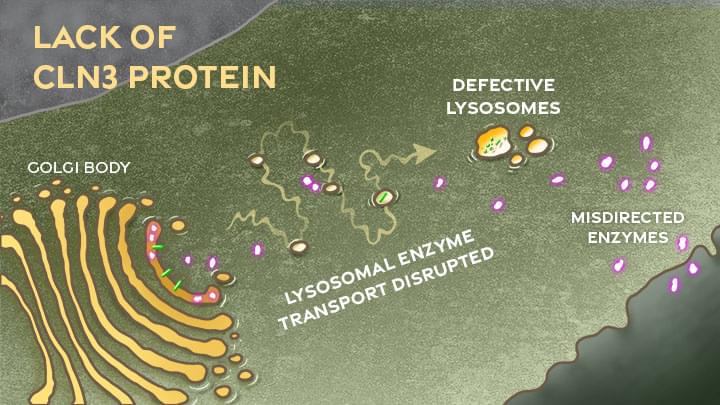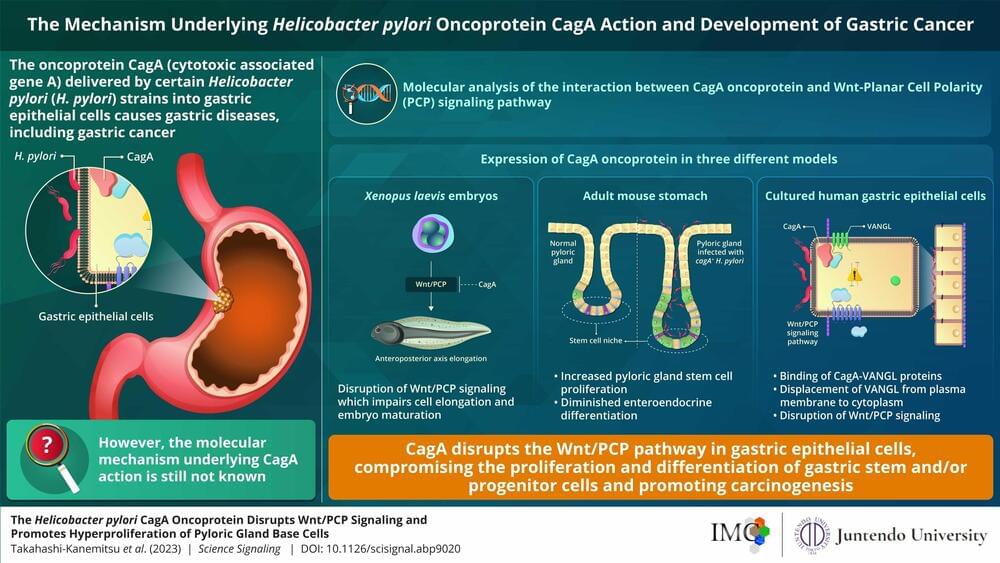Get the latest international news and world events from around the world.

Will AI make MC the MVP of particle physics?
Originally developed nearly a century ago by physicists studying neutron diffusion, Monte Carlo simulations are mathematical models that use random numbers to simulate different kinds of events. As a simple example of how they work, imagine you have a pair of six-sided dice, and you’d like to determine the probability of the dice landing on any given number.
“You take your dice, and you repeat the same exercise of throwing them on the table, and you look at the outcome,” says Susanna Guatelli, associate professor of physics at the University of Wollongong in Australia.
By repeating the dice-throwing experiment and recording the number of times your dice land on each number, you can build a “probability distribution”—a list giving you the likelihood your dice will land on each possible outcome.

Meta open-sources LLaMA 2 to compete with ChatGPT
The more competition the better. Download and spread around the world so large companies cant seal away competition under a cloak of AI safety.
Meta, the company formerly known as Facebook, has recently announced that it is open-sourcing its large language model (LLM) called LLaMA 2, making it free for commercial and research use. This move is seen as a direct challenge to OpenAI’s ChatGPT, the popular chatbot powered by the GPT-4 model, which is not open-sourced and requires a subscription fee to access.
LLaMA 2 is a generative AI model that can produce natural language texts based on a given input or prompt. It can be used for various applications such as chatbots, content creation, summarization, translation, and more. LLaMA 2 is the second version of Meta’s LLM, which was first released in February 2023. According to Meta, LLaMA 2 was trained on 40% more data than LLaMA 1, which includes information from “publicly available online data sources”. It also claims that it “outperforms” other LLMs like Falcon and MPT when it comes to reasoning, coding, proficiency, and knowledge tests.
Meta decided to make LLaMA 2 available for free through Microsoft’s Azure platform, as well as other providers such as AWS, Hugging Face, and direct download. Meta said that it wants to give businesses, startups, and researchers access to more AI tools, allowing for experimentation and innovation as a community. Meta also said that it is committed to “building responsibly” as it moves forward with its AI system. The company said its models have been tested for safety by “generating adversarial prompts to facilitate model fine-tuning”, both internally and externally. Meta also discloses how the models are evaluated and tweaked.

Microsoft adds $154 billion in market value after it announces $30 per month AI subscription
No surprise. Already moving to make AI a subscription service like subscriptions to movie studios. But, i actually see it as a positive. 1. The Best AI service will have to put up or shut up and market will decide it; no more role play of who s the best. 2. Real customer service; no more, o you have a tec issue, sorry, get lost. 3. Funds and competition will force improvements.
Microsoft’s one-day gain in market value is more than the entire valuation of about 450 S&P 500 companies.


Scientists use supercomputer to learn how cicada wings kill bacteria
Over the past decade, teams of engineers, chemists and biologists have analyzed the physical and chemical properties of cicada wings, hoping to unlock the secret of their ability to kill microbes on contact. If this function of nature can be replicated by science, it may lead to development of new products with inherently antibacterial surfaces that are more effective than current chemical treatments.
When researchers at Stony Brook University’s Department of Materials Science and Chemical Engineering developed a simple technique to duplicate the cicada wing’s nanostructure, they were still missing a key piece of information: How do the nanopillars on its surface actually eliminate bacteria? Thankfully, they knew exactly who could help them find the answer: Jan-Michael Carrillo, a researcher with the Center for Nanophase Materials Sciences at the Department of Energy’s Oak Ridge National Laboratory.
For nanoscience researchers who seek computational comparisons and insights for their experiments, Carrillo provides a singular service: large-scale, high-resolution molecular dynamics (MD) simulations on the Summit supercomputer at the Oak Ridge Leadership Computing Facility at ORNL.



Understanding Causes of Devastating Neurodegenerative Condition Affecting Children
A common theme among parents and family members caring for a child with the rare Batten disease is “love, hope, cure.” While inspiring levels of love and hope are found among these amazing families, a cure has been more elusive. One reason is rooted in the need for more basic research. Although researchers have identified an altered gene underlying Batten disease, they’ve had difficulty pinpointing where and how the gene’s abnormal protein product malfunctions, especially in cells within the nervous system.
Now, this investment in more basic research has paid off. In a paper just published in the journal Nature Communications, an international research team pinpointed where and how a key cellular process breaks down in the nervous system to cause Batten disease, sometimes referred to as CLN3 disease [1]. While there’s still a long way to go in learning exactly how to overcome the cellular malfunction, the findings mark an important step forward toward developing targeted treatments for Batten disease and progress in the quest for a cure.
The research also offers yet another excellent example of how studying rare diseases helps to advance our fundamental understanding of human biology. It shows that helping those touched by Batten disease can shed a brighter light on basic cellular processes that drive other diseases, rare and common.

Study sheds light on mechanisms underlying H. pylori-induced gastric cancer
Helicobacter pylori (H. pylori) infections are commonly associated with abdominal pain, bloating, and acidity. Clinical evidence suggests that infection with H. pylori cagA+ strains dramatically increases the risk of developing gastric cancer.
A specialized protein delivered by H. pylori to the host, oncoprotein “CagA,” has been shown to interact with multiple host proteins and promote gastric carcinogenesis (transformation of normal cells to cancer cells). However, the underlying mechanisms associated with its biochemical activity have not been fully determined yet.
A new study published in Science Signaling on 18 July insights into the additional mechanism of oncogenic CagA action.